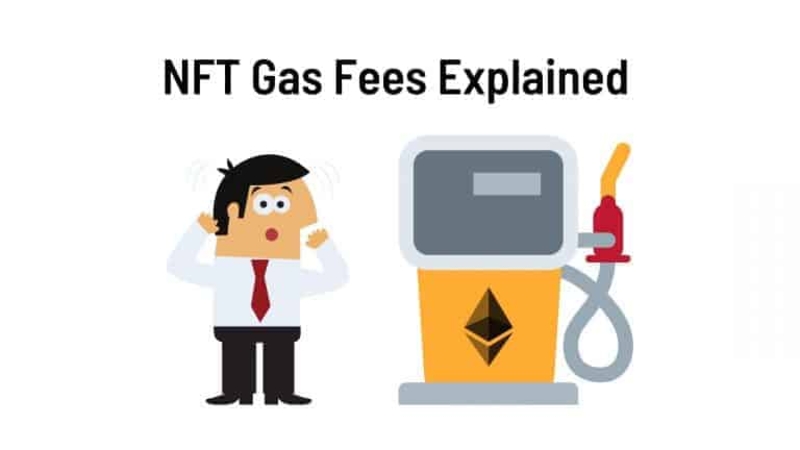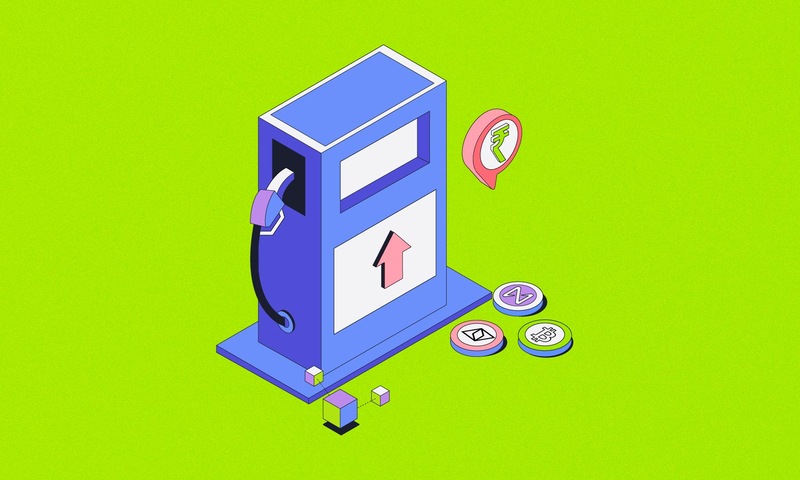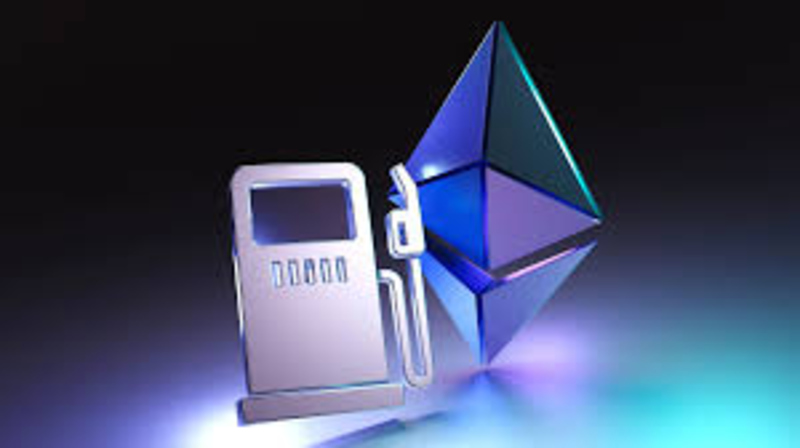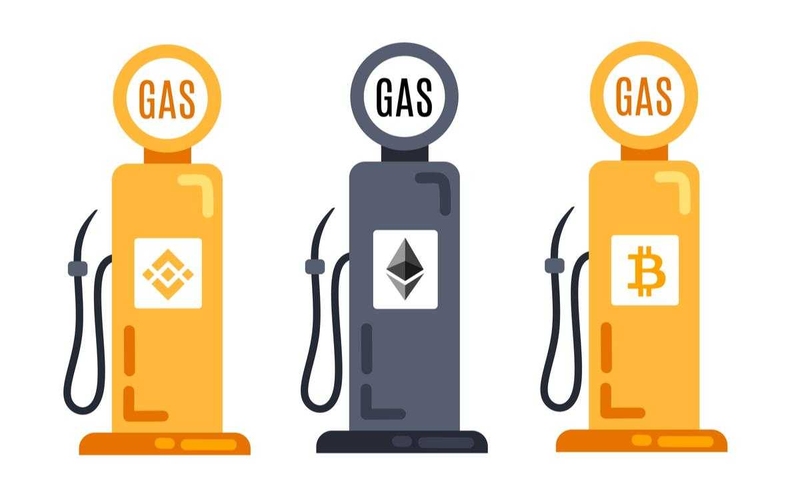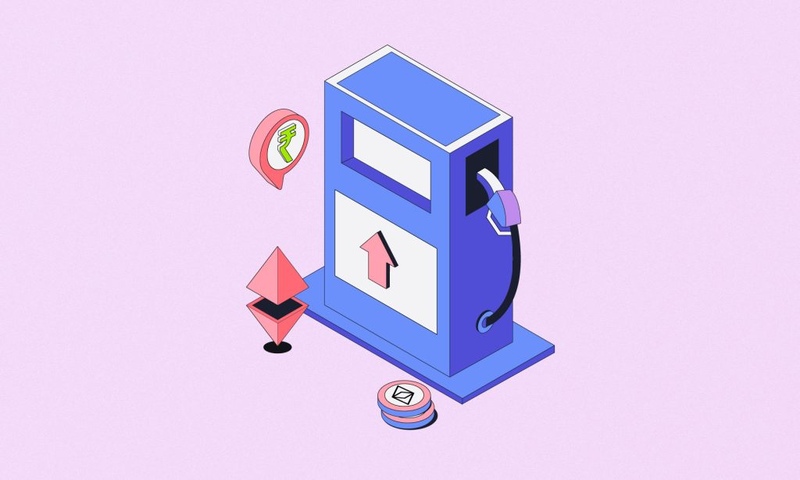If you’re navigating the world of digital assets, you’ve probably wondered, what are NFT gas fees? These fees are crucial to understanding how NFT transactions work on popular blockchain networks like Ethereum. In this guide, we’ll break down everything you need to know about NFT gas fees and how to manage them effectively.
What are NFT gas fees?
NFT gas fees are the price paid to miners or validators on a blockchain network to process and validate transactions. Think of it as a toll that must be paid to complete transactions, like minting or transferring NFTs. Gas fees compensate miners for using their computing power to ensure the transaction is legitimate and secure.
Gas fees vary depending on the network, but Ethereum remains the most popular blockchain for NFTs. These fees are paid in Gwei, a smaller unit of ETH (Ether), and can fluctuate wildly depending on network congestion. The more demand for blockchain resources, the higher the gas fees.
Understanding gas in blockchain
Gas, in blockchain terms, is the unit that measures the computational power required to perform transactions. Any action you take on a blockchain – from transferring cryptocurrency to minting NFTs – requires gas. The more complex the action, the more gas is needed. Ethereum, the leading blockchain for NFTs, uses gas to ensure that miners are compensated for their work.
Gas fees on Ethereum are driven by two factors: gas price and gas limit. The gas price is determined by demand, while the gas limit refers to the maximum amount of gas a transaction can consume. More complex transactions, like creating an NFT with multiple features, need higher gas limits.
Components of NFT Gas Fees
Several components determine the total gas fees you’ll pay when making NFT transactions:
- Gas price: The gas price fluctuates based on network demand. During times of high demand, gas prices increase as users bid to have their transactions processed first.
- Gas limit: This is the maximum amount of gas a transaction can use. For example, minting a simple NFT requires less gas compared to a more complex transaction that involves multiple smart contracts.
- Smart contract complexity: NFTs often involve smart contracts – pieces of code that automatically execute actions on the blockchain. The more complex the smart contract, the more gas it consumes, and the higher the fees.
- Network congestion: When many people use the Ethereum network simultaneously, congestion occurs, increasing gas fees. This can happen during popular NFT drops or when there’s a lot of activity in the crypto market.
Factors influencing NFT gas fees
Several factors can directly impact how much gas you’ll pay for a transaction:
- Network congestion and scalability: Ethereum is notorious for congestion during high-traffic periods. When more people use the network, miners prioritize transactions with higher fees. The busier the network, the higher the fees.
- Transaction type: Different NFT transactions – such as minting, buying, and transferring – come with varying costs. Minting a new NFT usually costs more because it involves creating new data on the blockchain.
- Smart contract complexity: Not all NFTs are created equal. Some come with simple smart contracts, while others have complex, multi-layered contracts that require more computational resources, resulting in higher gas fees.
Methods to reduce NFT gas fees
Gas fees can be unpredictable and costly, but there are a few ways to reduce them:
- Choose off-peak times: Gas fees fluctuate throughout the day depending on network usage. By transacting during off-peak times, you can significantly reduce your fees. Tools like EthGasStation can help you monitor when gas prices are lower.
- Layer 2 solutions: Layer 2 solutions like Polygon or Arbitrum are built on top of Ethereum and allow for cheaper transactions. By using a Layer 2 network, you can take advantage of lower gas fees while still benefiting from Ethereum’s security.
- Lazy minting: This strategy defers the gas fee until the NFT is sold, allowing creators to mint NFTs without paying upfront. The buyer covers the gas fee when the transaction is completed, helping creators avoid high initial costs.
- Bundling transactions: If you’re conducting multiple transactions, try bundling them together. By executing them in a single batch, you can save on gas fees by avoiding separate charges for each transaction.
- Use gas tracking tools: Several tools, such as Blocknative and EthGasStation, help you track gas prices and alert you when it’s cheaper to transact. By using these tools, you can time your transactions and save significantly on gas fees.
Comparative analysis: Ethereum vs. Alternative Blockchains
While Ethereum is the most popular blockchain for NFTs, its gas fees can be steep. However, there are several alternatives that offer lower transaction costs:
- Ethereum: Ethereum’s gas fees are known to skyrocket during times of heavy congestion, making it less ideal for small transactions. However, it’s still the most widely used blockchain for NFTs and offers the best security and decentralization.
- Solana: Solana is quickly gaining popularity due to its fast transaction times and low gas fees. It’s a strong alternative for NFT creators and buyers who are priced out of the Ethereum network.
- Binance Smart Chain (BSC): BSC offers much lower gas fees compared to Ethereum. However, it’s more centralized, which may be a drawback for users who prioritize decentralization.
- Hedera: Hedera stands out for its low transaction fees and high throughput. While less popular than Ethereum and Solana, Hedera offers a cost-effective option for creators looking to avoid high fees.
- Cardano, Avalanche, and Flow: These blockchains offer even lower fees, making them attractive for smaller NFT transactions. However, they are still developing their NFT ecosystems and aren’t as widely supported as Ethereum.
Future of NFT gas fees
The future of NFT gas fees looks promising, with several advancements on the horizon. Ethereum 2.0, also known as “The Merge,” aims to move the network from proof-of-work to proof-of-stake. This shift is expected to drastically reduce gas fees by improving the network’s scalability. Additionally, Layer 2 solutions like Polygon and sharding technology will help distribute the network’s workload, further lowering fees.
As the NFT space continues to grow, more eco-friendly and cost-effective alternatives are emerging, making NFTs more accessible to a wider audience. Developers are working on improving network scalability, which will help reduce gas fees and the environmental impact of blockchain technology.

